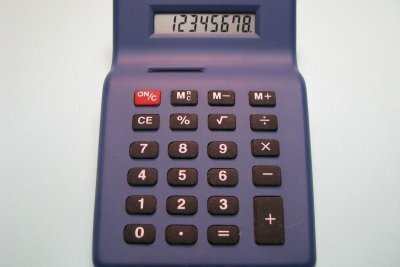Calculate population development in math
In class you calculate the population development. But math is absolutely not your favorite subject? How you learn to understand the population development, you can find out here with a simple example.

Using models, you can calculate the population development in math. Read the following section to see what the basics of population calculations look like. A very simple example should demonstrate the task of population development.
Basics of population development
- Population developments are calculated using models.
- You can define the term population as follows: A population is a spatially and temporally limited unit of similar organisms that are in genetic exchange stand. So you can speak of a similar population that is in sexual exchange with each other, for example in humans or canaries.
- Factors influencing the population are, for example, the number of enemies or the food available.
- For example, humans have a significant impact on the populations of many different animal species through their environmental degradation. This is how people breed pigs and cattle for consumption. Whereas you decimate or even destroy other animal populations through their type of agriculture and the expansion of infrastructure.
Unlimited growth, as dictated by the exponential function, comes in reality ...
Models, math and calculations
A simple model for population development in mathclasses is the so-called logical model.
- In the logical model, you first determine the number of a population. You could take the population of Argentina as an example.
- As a second step, you determine the point in time for the selected number of populations. So you could take the population of Argentina in 2000, which is 40 million people.
- Now you remember that the population of Argentina is growing steadily at five percent a year.
- This means that the population in Argentina is growing by five percent every year. Specifically, the number of Argentines will increase from 40 million in 2000 to 42 million in 2001. In 2002 the number is five percent more than in 2001, and is then 44.1 million inhabitants.
- You can also use a graph to show the constant growth. This would make it clear that the growth is exponential.
Much more complex models for population development are the Verhulst model, the distribution of the elderly or the predator-prey model.
How helpful do you find this article?


